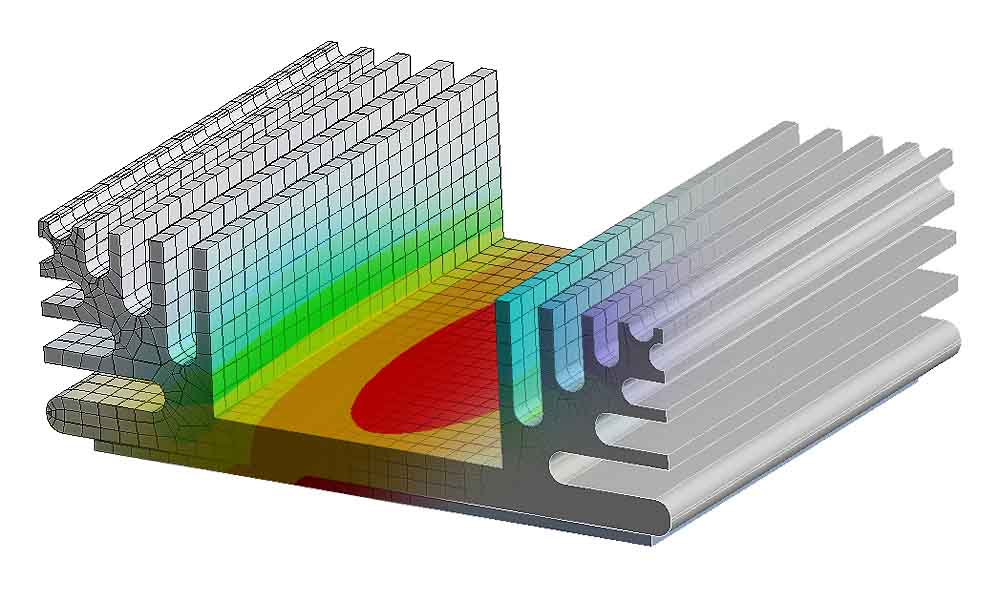People also visited:
Critical Perspectives on Semiconductor Fabrication Processes and Optical Packaging in Quantum Integr...
Tailored Continuing Education: Challenges in Transitioning PhD Candidates to Sustainable Careers
From Sketch to Prototype: Transforming Your Ideas with TinkerCAD
Redefining the New German Experts: From Lifelong Specialization to Cross-Functional Skills
Essential leadership skills to help you succeed in post covid world
6 best ways to maintain your product agility within a non-agile environment
GPT-4 for Employers: Enhancing Talent Acquisition and Management
Nanorobots: A Tiny Robot For Diagnosis And Treatment
Comparison Of The European Fertilizer Consumption With The Middle East
Comparing Industrial Machinery Manufacturing Iran and Germany’s Food Processing
AI Technologies emerging beyond 2020
SDG - Personal Experience
FreshLook Contacts: Exploring the Science and Technology Behind Colored Lenses
The Importance of Sustainable Business in Today's World
Exploring Locum Tenens Optometrist Opportunities: The Quick Guide
Eye Associates: Comprehensive Eye Care Services for Optimal Vision Health
Optometrist Career Path: A Comprehensive Guide
Revolutionizing HR: GPT for CV Analysis and Candidate Screening
How Public Perceives Multidisciplinary Experts: Insights from Psychology and the Halo Effect
Accelerating Success: Tailored Mentorship for International Professionals in Navigating Offers
5 easy ways to never run out of new ideas
Challenges in 3D Medical Imaging Reconstruction: Factors and Considerations
Investing in Agriculture: Exploring the FarmTogether Platform
Optometrist Germany: Opportunities, Education, and Professional Pathways
People also visited:
Mastering Event Management: Key Skills Every Planner Should Have
UX Design and Leveraging Art Principles in Web Design
Comprehensive Guide to Developing Interview Skills: How to Prepare and Succeed in Job Interviews
Innovation Explained: Leveraging Innovative Strategies for Career Success
Growing in Sawdust: Alternative Planting Medium in Vertical Farming
Gas Emission Control Silencer
From Sketch to Prototype: Transforming Your Ideas with TinkerCAD
Variable Frequency Drives (VFDs): Enhancing Motor Control in Automation
Inclusive Workforce Strategies: Barriers to Preparing Graduates for Diverse and Aging Workforces
5 simple social Hacks for better likability
Understanding Your Eyeglass Prescription: A Comprehensive Guide
Mastering the Art of Following-Up Job Applications
Self-Care Tips for Professionals: Maintaining Eye Health with Regular Eye Check Ups
Repair a Concrete Floor
Comprehensive Guide to the Best Resume Format: How to Choose and Use Them Effectively
Career Development Options
Prescription Safety Glasses: Ensuring Protection and Clear Vision
Nursing Ausbildung vs. University Pathway in Germany: Choosing the Right Route
Silicone Hydrogel Contact Lenses: Benefits, Features, and Considerations
Walk-In Eye Exams: What to Look for and Critical Considerations
Comprehensive Guide to Good Resume Templates: How to Choose and Use Them Effectively
The Role of Safety Standards in Electrical Plant Construction Project Planning: 2024 Update
Comprehensive Guide to Curriculum Vitae Format PDF: How to Create, Customize, and Use Professional C...
Mastering Job Interviews with AI and GPT-4: Tips and Techniques for Success













